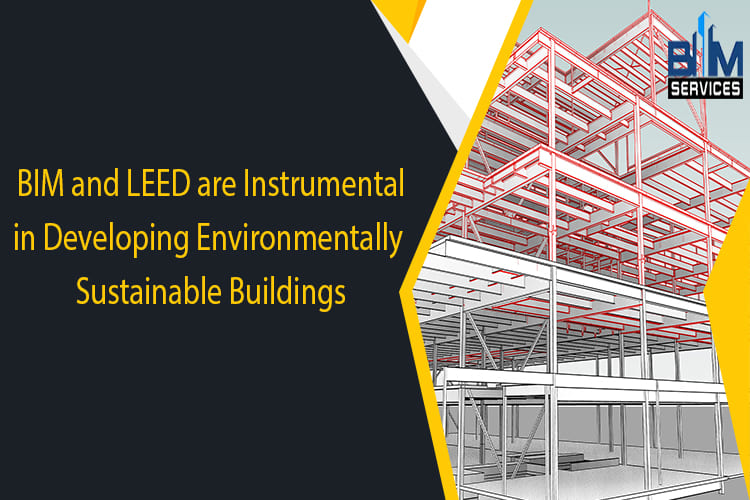BIM and LEED are Instrumental in Developing Environmentally Sustainable Buildings

A lot of people across the globe are still confused about the concept of sustainable building and in this blog all I am going to do is clarify their confusion about this emerging issue – which has the potential to affect everyone’s life on this beautiful planet. Environmentally sustainable buildings are nothing but green buildings, whose design, construction and operations have minimum harmful impact on the environment.
In other words sustainable buildings are developed to save the environment and the resources from the negative impact of construction. Considering this description, a green building can be defined as a building which is designed by architects in such a way that it uses minimum water and energy during its construction and operations throughout its lifecycle. These buildings not only provide a healthier environment to their occupants but also help in saving the resources to a great extent. So in terms of saving environment, green buildings are really a way more helpful than those building which are developed by using conventional construction processes.
For the successful development of environmentally sustainable buildings, architects and engineers are bound to make use of Building Information Modeling right from very starting. They are also required to comply with LEED guidelines – which are meant for verifying the green characteristics of the building.
Benefits of BIM and LEED in developing green buildings
- Considering the fact that construction industry and built environment remain the biggest consumer of electricity across the world, green construction can certainly prove to be a great way to save electricity.
- Building Information Modeling and LEED allow architects and engineers to develop sustainable building design.
- For developing sustainable building design, Architecture, Engineering and Construction industry professionals are needed to execute energy analysis.
- Construction firms can also hire energy analysis services on cost-effective rates from engineering outsourcing companies, as they possess sufficient technology (software products) to execute these services.
- Energy analysis can be performed at the very beginning of design phase with the support of BIM software Revit. Energy analysis services can be executed for each building discipline with the aid of Revit architecture, Revit structure and Revit MEP.
- Energy analysis services help in taking informed design decisions, which can ultimately result in the development of energy efficient buildings.
- For example, when it comes to the using materials for developing a building, green construction makes extensive use of recyclable materials – which can be easily recycled and can be used in construction over and over again.
- This is really important in terms of saving resources and in preserving our natural environment.
- Apart from that, the design of the building itself can help out in meeting the energy requirement, for example broad windows can be designed for illuminating the house during the day time. This can definitely save electricity.
In this way powerful green buildings can be designed by AEC professions with the support of BIM and LEED.